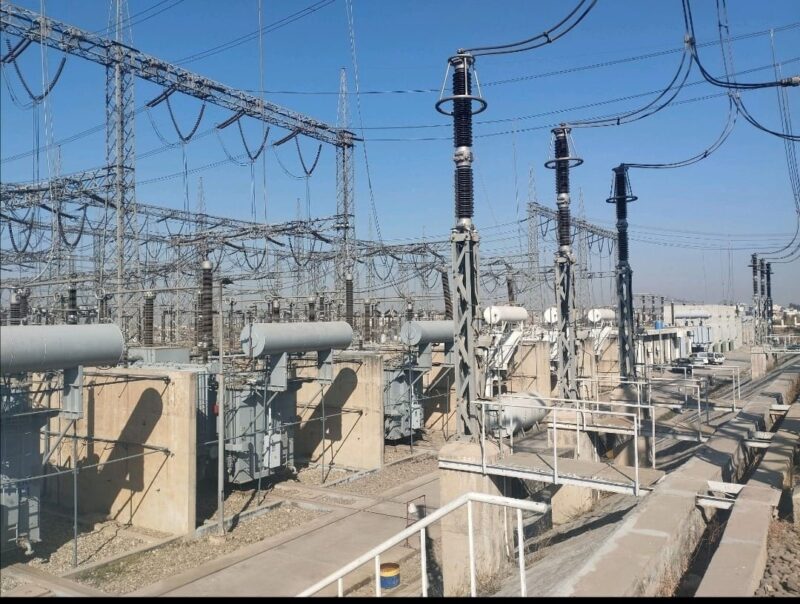In today’s interconnected world, the stability and efficiency of electrical power systems depend heavily on substation design. Substations act as the critical nodes where electricity is transformed, monitored, and distributed across grids. A well-engineered substation not only ensures uninterrupted power delivery but also strengthens resilience against faults and outages. With the rapid integration of renewable energy sources, the complexity of substation design continues to grow, demanding innovative approaches and modern technologies.
The Core Functions of a Substation

A substation serves as a vital link between power generation and consumption. Its primary functions include voltage transformation, power flow regulation, and system protection. By converting high transmission voltages into lower distribution voltages, substations make electricity suitable for industrial, commercial, and residential use.
Modern substations are designed with advanced control systems that allow remote monitoring and automation. This digitalization improves efficiency and minimizes downtime through predictive maintenance and real-time fault detection. Furthermore, robust grounding and insulation systems safeguard both equipment and personnel, ensuring operational safety under all conditions.
Design Considerations for Enhanced Reliability

Reliability in power networks is not achieved by chance but through meticulous design choices. Engineers must consider environmental conditions, system load, redundancy, and fault tolerance when creating substations.
Redundancy is a key design feature that ensures continuous power supply even if one component fails. Double busbar configurations, backup transformers, and sectionalized switchgear improve flexibility and minimize power interruptions. Environmental factors like temperature, humidity, and seismic activity are also analyzed to choose appropriate materials and structural designs that can withstand harsh conditions.
Additionally, intelligent design includes the integration of SCADA (Supervisory Control and Data Acquisition) systems, which allow operators to manage substations remotely. With SCADA, data is collected and analyzed continuously, enabling proactive responses to issues before they escalate into major failures.
The Role of Substations in Future Energy Grids
As the global energy landscape transitions toward sustainability, substations are evolving to accommodate distributed energy resources (DERs) such as solar and wind. This transformation introduces new challenges in balancing supply and demand while maintaining grid stability.
Next-generation substations incorporate advanced communication protocols and AI-based control systems to manage fluctuating renewable inputs. Modular designs are gaining popularity, allowing utilities to expand capacity quickly and adapt to changing energy patterns. Moreover, hybrid substations that combine traditional and renewable energy management provide a pathway toward greener and more resilient power systems.
In the context of smart grids, substations play a pivotal role in supporting bidirectional power flow and decentralized generation. They are no longer passive infrastructure but active participants in the dynamic exchange of energy and information, shaping the reliability and sustainability of tomorrow’s networks.
Conclusion
The design of substations is at the heart of modern power network reliability. From voltage regulation and fault protection to renewable integration and automation, every design choice impacts how efficiently energy is delivered to consumers. As utilities continue to modernize their infrastructure, the importance of intelligent, adaptable, and sustainable substation design cannot be overstated. For those looking to explore advanced approaches and innovations in renewable energy infrastructure, it is essential to learn more about solar substation design and how it redefines the future of reliable power systems.


